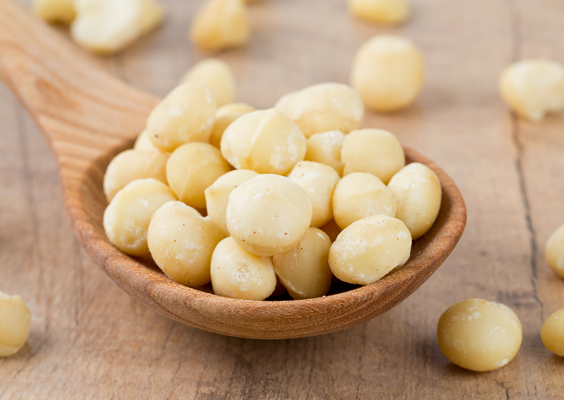Talk to a certified “dietitian,” and you might come away with the idea that nutrition is a complete, and finished area of science. To hear them tell the story, you’d think everything has been figured out. No surprises, no new discoveries.
Of course, that’s how most mainstream doctors and researchers look at the world. Like they already know everything there is to know.
Truth is, nutrition is a brand-new science.
And new discoveries are made all the time.
Some discoveries link us back to our native environment and show us what our real needs are, and how nature designed us. Other discoveries give us new options for overcoming the challenges of living in a modern, toxic world.
Like the emerging science behind a “new” category of fats.
If you’re a regular reader, you know I’m a strong advocate of omega-3s. Receptors for these essential fatty acids are found on every cell in your body. They’re so critical to heart and brain health, you couldn’t survive without them.
But there’s a newly discovered class of omega fatty acids that have unique powers of their own.
They’re called omega-7s.
For the record, omega-7s have been known in small circles of academia, but they are mostly overlooked and ignored.
However, a newly discovered kind of omega-7 fat is being hailed as a potential treatment for metabolic syndrome, the condition that leads to diabetes.
Palmitoleic acid is so unique and important, Harvard Medical School has applied a patent for it.1
Here’s why.
Omega-7s Give You a New Tool to
Fix Your Broken Metabolism
Even a small amount of this omega-7 fatty acid gives your body the ability to improve its response to insulin, to resist the formation of new fat cells, and to use energy more efficiently.
Where omega-3s fight inflammation, omega-7s are “signal callers” that improve communication between fat and muscle.
And the major benefits of omega-7s all serve to reverse metabolic syndrome, and lower your risk of obesity, and heart disease.
In general, omega-7s:
- Lower your blood sugar and improve insulin resistance.
- Limit the production and accumulation of new fat cells.
- Reduce your appetite and fight obesity.
- Boost your good cholesterol (HDL), and lower your bad cholesterol (LDL).
- Ease the burn of inflammation that drives metabolic syndrome.
In one study, researchers discovered that mice with type 2 diabetes had all their symptoms reversed when given the omega-7 fat palmitoleic acid.2
With this one nutrient, the mice had lower blood sugar, lower triglycerides, less insulin resistance, and fewer fatty deposits in their liver.
And aside from its ability to fight the formation of new fat cells, palmitoleic acid quiets your appetite, and lets you eat less.
Another study found palmitoleic acid boosts the hormones that create the feeling of satiety, or feeling full.3 At the same time, it lowers the number of “hunger hormones,” helping you eat less without feeling like you’re having to sacrifice or give up something. 4
How Do You Get Omega-7s into Your Diet?
There are food sources of omega-7s, including the specific palmitoleic acid I mentioned above. Macadamia nuts are the best and easiest source. Sea buckthorn—a Chinese shrub with a golden, orange fruit—is another source.
But here’s the problem. Both options also contain palmitic acid, which is a thick, sticky palm oil. And palmitic acid tends to cancel out many of the omega-7 benefits.
For now, your best option is taking a supplement of the purified palmitoleic acid. Look for one that contains around 50% palmitoleic acid, with levels of palmitic acid down around 1%.
I will be telling you more about omega-7s in the future, and will let you know the results of my own research as I look for new sources, and new ways to get this unique omega fat working for you.
To your good health,
![]()
Al Sears, MD, CNS
1.Cao H, Hotamisligil G, Inventors; President and Fellows of Harvard College, Cambridge, MA, assignee. Fatty acid C16: 1N7-Palmitoleate a lipokine and biomarker for metabolic status. September 1, 2011.
2. Yang ZH, Miyahara H, Hatanaka A. Chronic administration of palmitoleic acid reduces insulin resistance and hepatic lipid accumulation in KK-Ay Mice with genetic type 2 diabetes. Lipids Health Dis. 2011;10:120.
3. Yang ZH, Takeo J, Katayama M. Oral administration of omega-7 palmitoleic acid induces satiety and the release of appetite-related hormones in male rats. Appetite. 2013 Jun;65:1-7.
4. Lu X, Zhao X, Feng J, et al. Postprandial inhibition of gastric ghrelin secretion by long-chain fatty acid through GPR120 in isolated gastric ghrelin cells and mice. Am J Physiol Gastrointest Liver Physiol. 2012 Aug 1;303(3):G367-76.

